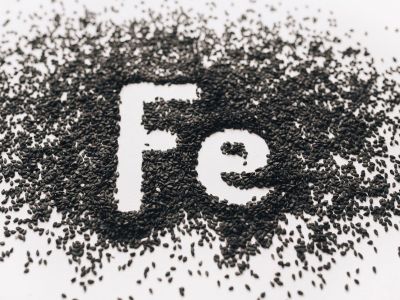What is Iron and its Function?
The role of iron in plants is as basic as it can get: without iron a plant can’t produce chlorophyll, can’t get oxygen and won’t be green. So what is iron? The function of iron is to act much like it does in the human bloodstream — helping to carry important elements through a plant’s circulatory system.
Where to Find Iron for Plants
Iron for plants can come from a number of sources. Ferric oxide is a chemical present in soil that gives dirt a distinctive red color, and plants can absorb iron from this chemical. Iron is also present in decomposing plant matter, so adding compost to your soil or even allowing dead leaves to collect on the surface can help to add iron to your plants’ diet.
Why Do Plants Need Iron?
Why do plants need iron? As previously stated, it’s mostly to help the plant move oxygen through its system. Plants only need a tiny amount of iron to be healthy, but that small amount is crucial. First of all, iron is involved when a plant produces chlorophyll, which gives the plant oxygen as well as its healthy green color. This is why plants with an iron deficiency, or chlorosis, show a sickly yellow color to their leaves. Iron is also necessary for some enzyme functions in many plants. Soil that is alkaline or has had too much lime added often causes an iron deficiency in the plants in the area. You can correct it easily by adding an iron fertilizer, or evening out the pH balance in the soil by adding garden sulfur. Use a soil test kit and speak with your local extension service for testing if the problem persists.
